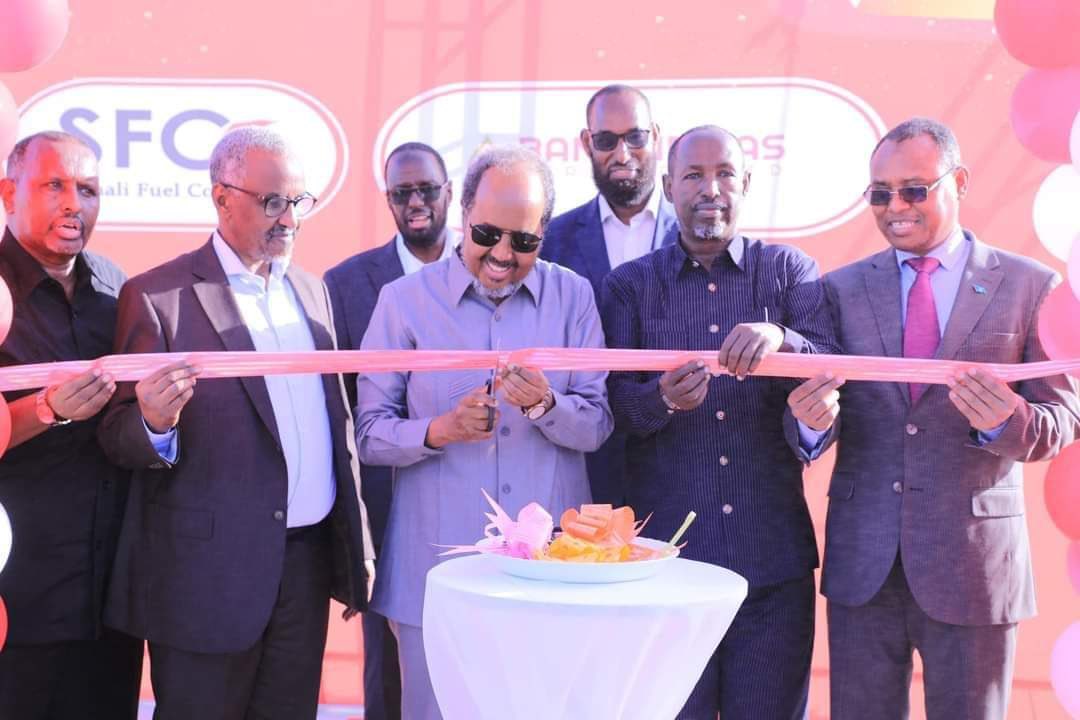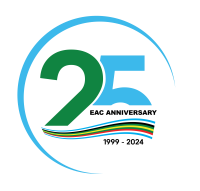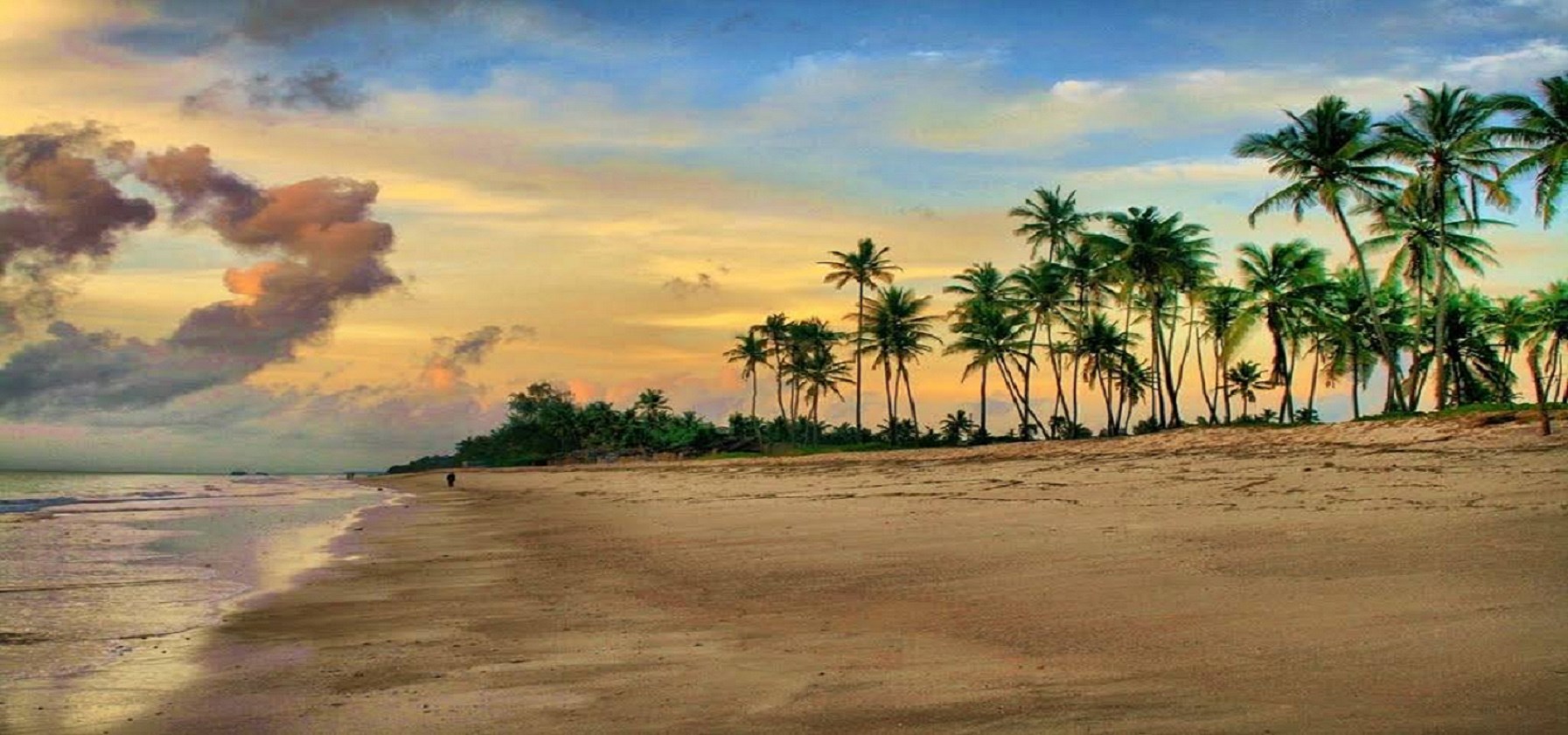Geologists and professionals in the oil industry became fascinated with Somalia’s geology and its oil and gas potential in the 1920s. Most of the land and the continental shelf of Somalia (marine), nearly 90% is underlain by a sedimentary section of varying thickness ranging from 2000 m to more than 5000 m.
Available are source rocks that generate oil and gas, reservoir rocks that are supposed to keep the oil or gas in place, and the existence of other necessary traps, seals, and structures that keep oil/gas in place.
Practically exploration started as early as 1948. The first exploratory well was Sagaleh – 1 well in what is now Puntland in 1956 and since then six sedimentary basins were recognised in Somalia.
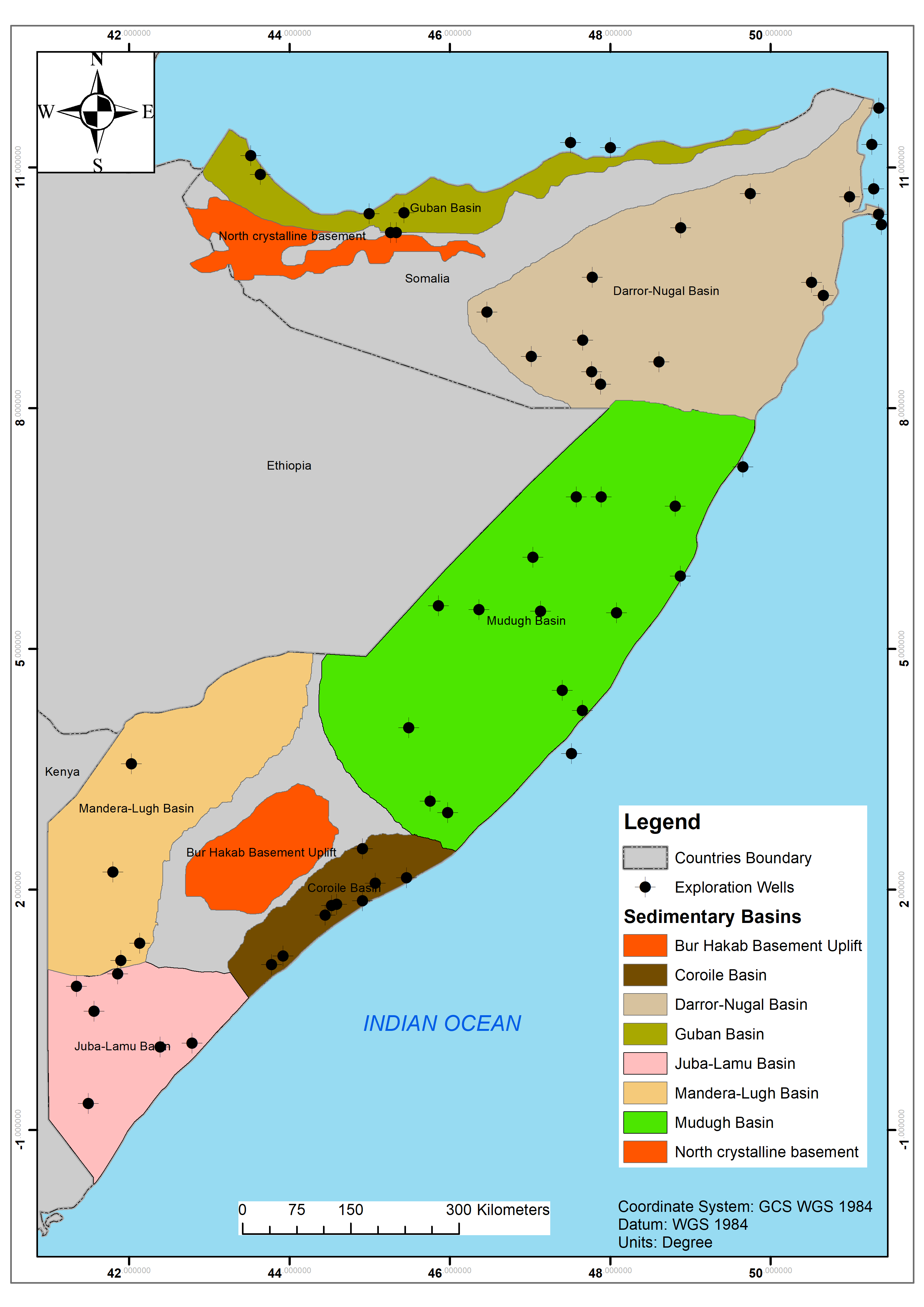
In the past, many companies came in and were awarded exploration acreages. The companies carried out gravimetric, magnetic, seismic surveys and exploratory drilling. Some companies relinquished their exploration rights and some held to their concession areas until Somalia became unstable and the state collapsed in 1991.
Major companies such as Conoco-Phillips, BP, Shell (Pectin), Chevron, ENI (Agip), Total and others declared “force majeure” until Somalia became more stable again and business resumed as usual. That moment seems to be approaching and many companies are keeping their eye on Somalia.
There are companies who tend not to wait for the mainstream to kick in and instead, they are ready to start exploring the potentiality of Somalia basins.
Upstream Activities
Somalia's potential for oil exploration attracted the attention of Exploration and Production (E&P) companies as early as the 1950s, largely due to its geological similarities with the oil-rich Gulf States.
Both onshore and offshore, the country is characterized by vast deposits of thick sedimentary rock formations, which are considered promising indicators of significant hydrocarbon reserves.
After successful discovery within the Yemeni Jurassic basins during the 1980s that has the same geology as Northern Somalia, a great deal of renewed interest was shown in the country.
Recent years have seen major discoveries along the East African margins of Kenya, Tanzania and Mozambique. However, the Somali Indian ocean Basin remained underexplored.
The Somali Basin shares common geological setting and history with the Tanzanian Pemba and Mafia Basins, the Rovuma Basin in Mozambique, and Lamu Basin in Kenya.
Approximately 72 wells have so far been drilled in Somalia, with 8 wells offshore and the other64 wells were drilled in onshore. All offshore Wells were drilled near the coast line in the continental shelf with a depth not exceeding 1000m.
There has not been a commercial discovery, nonetheless, some oil and gas shows were encountered in some wells during the exploration phase and some oil seeps are present both offshore and onshore. Besides, there has been poor quality data and the use of wrong geologic models that might have hindered any actual discovery.
Recent data collected
In 2014, Soma Oil and Gas conducted a comprehensive seismic acquisition program aimed at exploring Somalia's offshore potential. Concluding in June 2014, the initiative successfully acquired over 20,500 km of 2D seismic data across an expansive 185,000 km² offshore evaluation area.
In 2016, a Multi-Client Seismic Survey was conducted in collaboration with Spectrum, aiming to further assess Somalia's offshore oil and gas potential.
In a strategic effort to promote offshore petroleum exploration and evaluate Somalia's vast potential, the Ministry of Petroleum and Mineral Resources signed a multi-client seismic survey agreement with Spectrum. As part of this initiative, Spectrum successfully completed the acquisition of over 28,500 km of 2D seismic data in Somalia's offshore waters. The survey, which commenced in December 2016, was carried out without any security or Health, Safety, and Environmental (HSE) incidents.
Offshore Somalia, the seismic data from the 2014 survey and the current seismic grid have revealed three distinct basins, each characterized by unique structural regimes:
- Obbia Basin in the north
- Coriolle Basin in the central region
- Juba-Lamu Basin in the south
This new seismic data from offshore Somalia revealed extraordinary structures, in an oil-prone frontier province that has never been seen or explored before.
The 2D seismic acquisition programmes undertaken in 2014 and 2016 have facilitated the development of new theories and understanding of the passive margin.
The Somalian margin is sure to yield numerous exciting oil plays at multiple stratigraphic levels.
The Turkish seismic research vessel, Oruc Reis, is scheduled to arrive in Somali coastal waters by the end of October 2024. Over the course of the following seven months, the vessel will conduct a comprehensive 3D seismic survey, marking a significant step in Somalia's ongoing efforts to explore and harness its offshore hydrocarbon potential.
This advanced survey will provide detailed insights into the subsurface structures, further enhancing the country's understanding of its offshore energy resources.
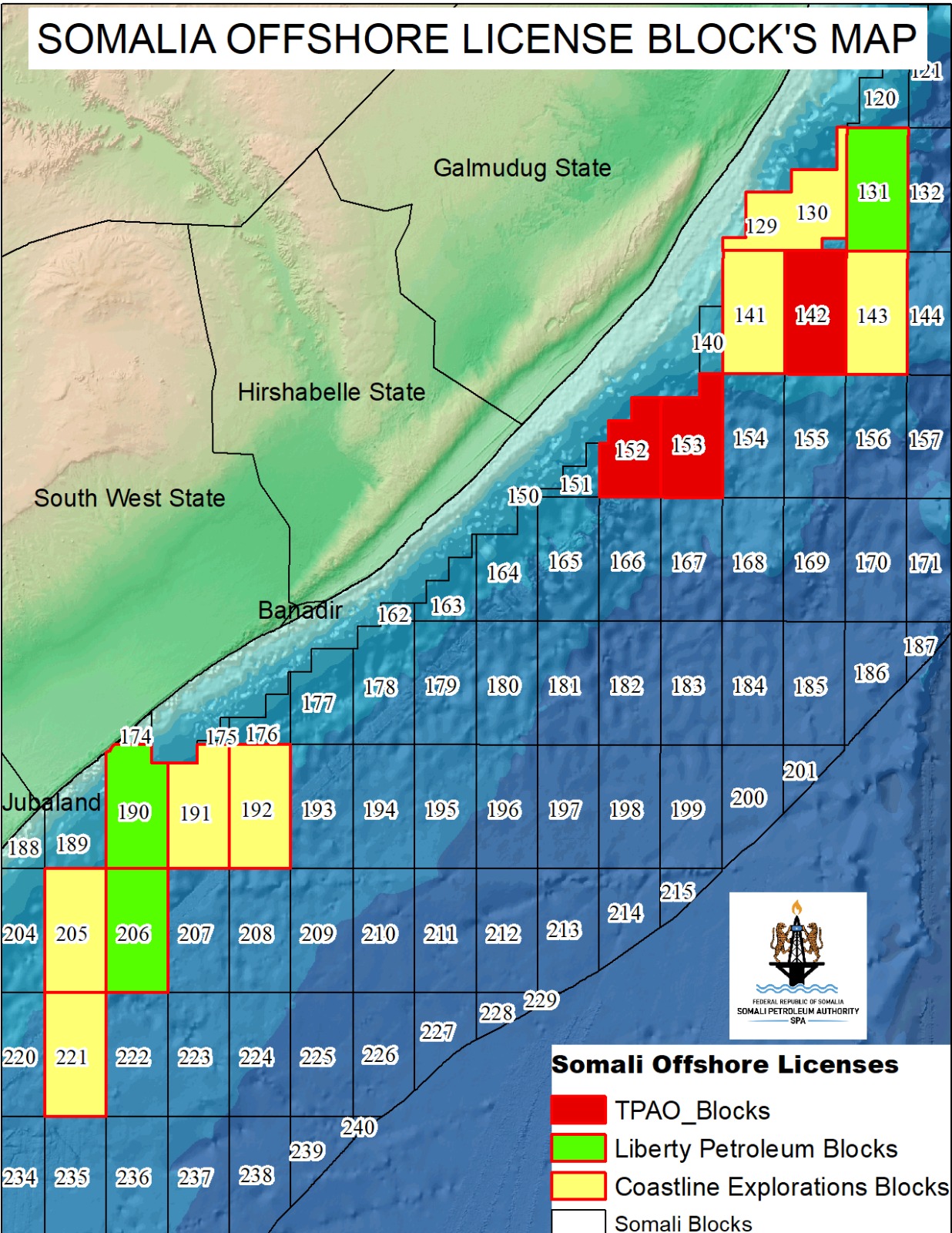
Current Offshore Blocks in Somalia
The Greater Somali territory landmass and marine exclusive economic zone (EEZ) has been divided into 206 exploration blocks of 5000km2 each.
Since 2022, the Ministry of Petroleum and Mineral Resources (MOPMR) and the Somalia Petroleum Authority (SPA) have awarded blocks to different IOC’s, such as:
- Coastline Exploration Company (7 blocks)
- Liberty Petroleum (3 blocks)
- Turkey Petrolleri (3 blocks)
Downstream Activity
The inauguration of the new Liquefied Petroleum Gas (LPG) storage center in Banadir represents a watershed moment in Somalia's efforts to promote environmental sustainability and economic growth. This initiative is part of a broader strategy aimed at combating deforestation and curbing environmental degradation in the region.

By reducing the cost of LPG, the program aims to make clean energy more accessible to all households, providing a sustainable alternative to traditional fuel sources.
"Affordable gas is a vital step towards building a sustainable and self-sufficient Somalia," highlighted leaders during the event. The opening of this LPG storage facility signals Somalia’s strong commitment to environmental stewardship and its pursuit of a more prosperous economic future.
